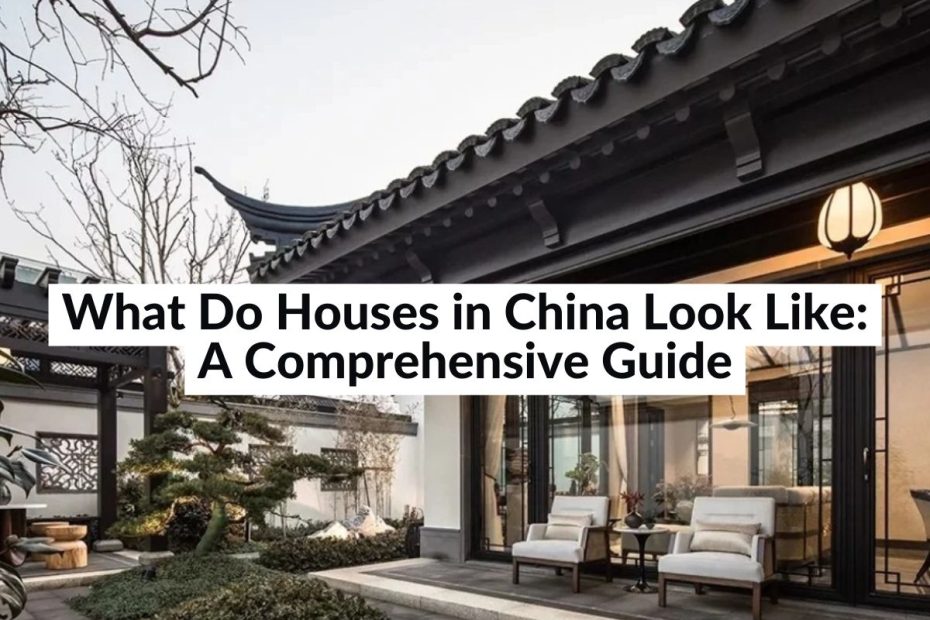If you’re planning on visiting or moving to China, one of the things that you might be curious about is what the houses there look like.
China is known for its unique architecture and designs, and the houses are no exception.
In this article, we’ll take a closer look at the various types of houses that you can find in China, from traditional to modern designs.
Housing Trends in China
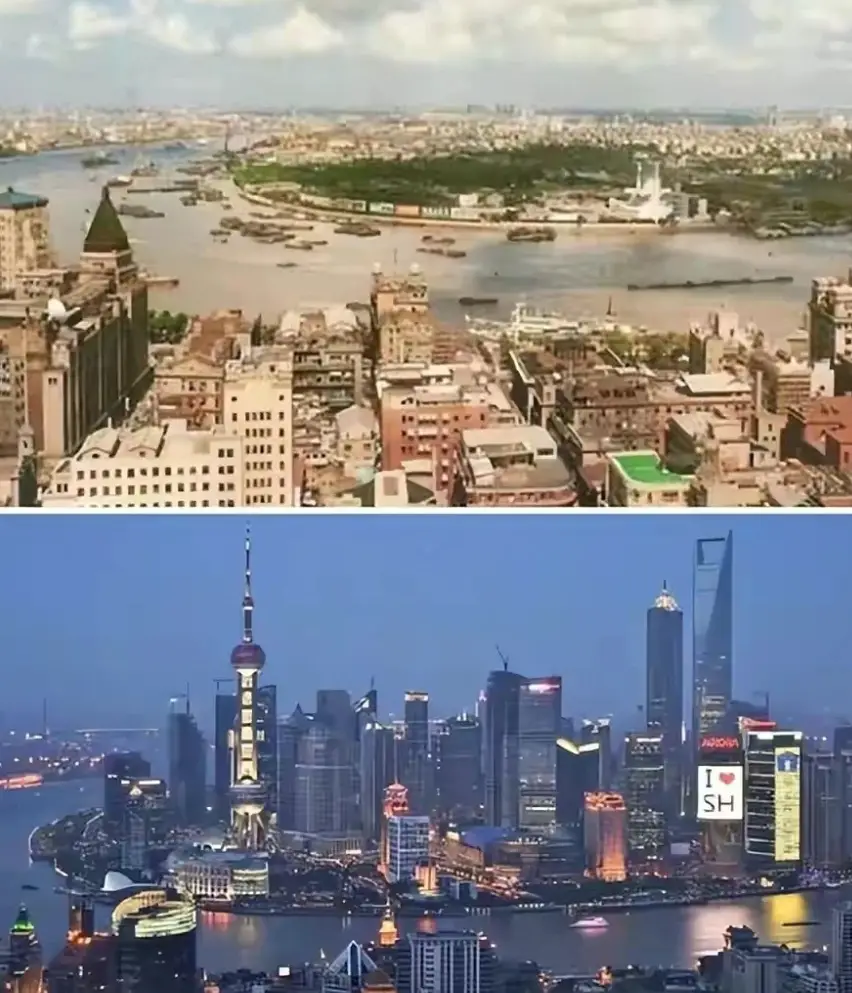
| Past | Today | |
|---|---|---|
| Size | Homes were generally smaller, with an average size of around 50 square meters in the 1990s. Homes in suburban areas tended to be larger, ranging from 150 to 300 square meters. | Homes have generally become larger, especially in urban areas, with an average size of around 100 square meters. Recently, there has been a trend towards smaller, more efficient homes, with some urban homes as small as 30 square meters. |
| Layout | The traditional layout of homes in China focused on accommodating extended families, with an emphasis on communal spaces. Private spaces, such as bedrooms and bathrooms, were often shared between family members. | In more modern homes, there is often an emphasis on separating private spaces from communal areas, allowing for more privacy and personal space. There is also a trend towards open-concept living spaces that combine the kitchen, living room, and dining room into one large area. |
| Design | Traditional Chinese architecture heavily influenced the design of homes in the past, with a focus on symmetry, balance, and harmony with nature. Courtyards, gardens, and fountains were common features. | Modern homes often incorporate Western design elements, such as large windows, minimalism, and clean lines. Sustainable and eco-friendly design principles are also becoming more prevalent, with features like solar panels, green roofs, and rainwater harvesting systems. |
The changes in housing trends in China over the past 30 years suggest a dynamic and rapidly developing economy that is adapting to changing social, cultural, and environmental factors.
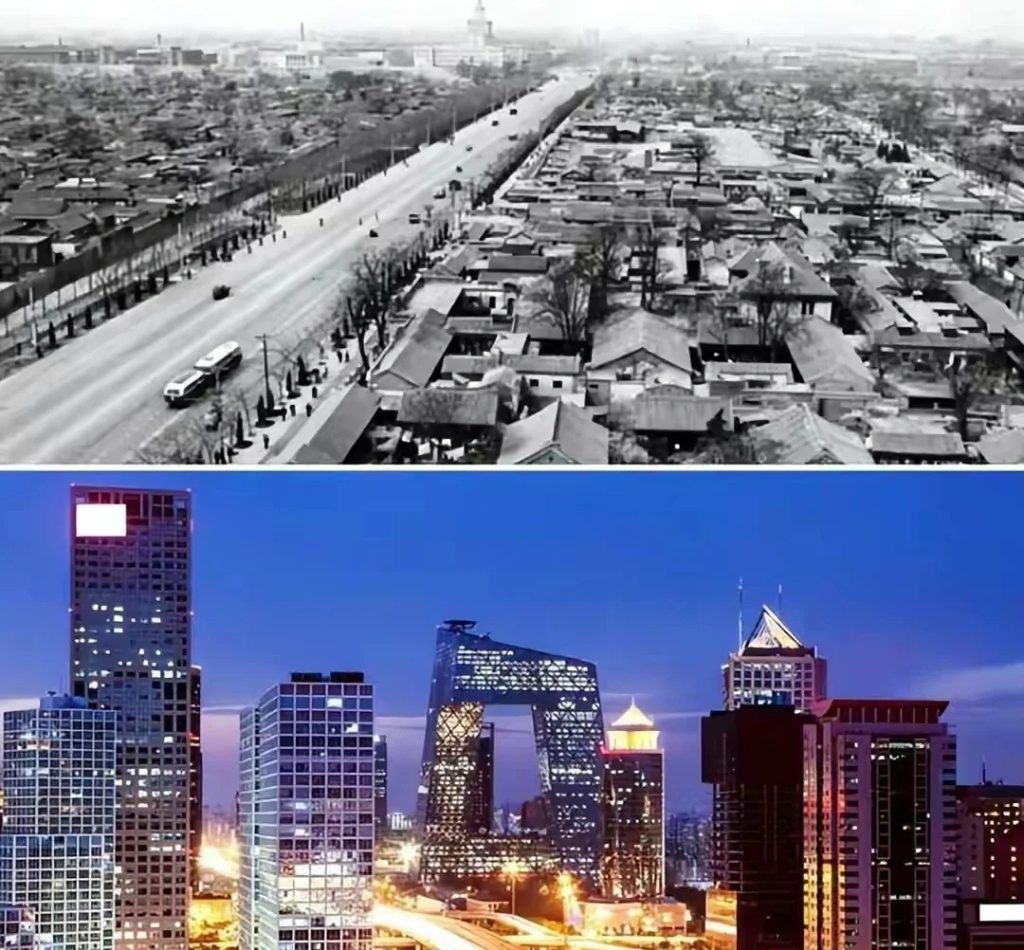
- The trend towards larger homes in urban areas suggests a growing middle class with more disposable income. This is indicative of China’s overall economic growth and rising standard of living.
- The recent trend towards smaller, more efficient homes may also reflect the increasing cost of living in urban areas, as well as a desire for more sustainable living options.
- The emphasis on separating private and communal spaces in modern home layouts may reflect a shift towards individualism and a desire for more personal space, which could be linked to China’s changing cultural and social landscape as it becomes more globally connected.
- The incorporation of Western design elements in modern homes could also be seen as a reflection of China’s growing global influence and cultural exchange with the rest of the world.
Traditional Chinese Houses
1. Siheyuan Courtyard Houses
Siheyuan houses are one of the most iconic traditional Chinese houses. They are made up of a courtyard surrounded by buildings on all four sides.
The courtyard was traditionally used as a gathering place for family and friends, and the buildings around it served as living quarters, kitchens, and storage areas.
The roofs are sloped, and the materials used to construct them range from brick and wood to stone and clay.
2. Tulou Earthen Houses
Tulou houses are unique to the Hakka people of southern China. They are circular or rectangular structures made from compressed earth, and can house up to 800 people.
They were designed to be communal living spaces, with a central courtyard and multiple levels. The walls are several feet thick and provide insulation, keeping the house cool in summer and warm in winter.
Fujian Tulou is a UNESCO World Heritage Site consisting of 46 well-preserved Tulou buildings in the Fujian province. These buildings were constructed during the Ming and Qing dynasties and represent the pinnacle of Tulou architecture.
3. Weilongwu
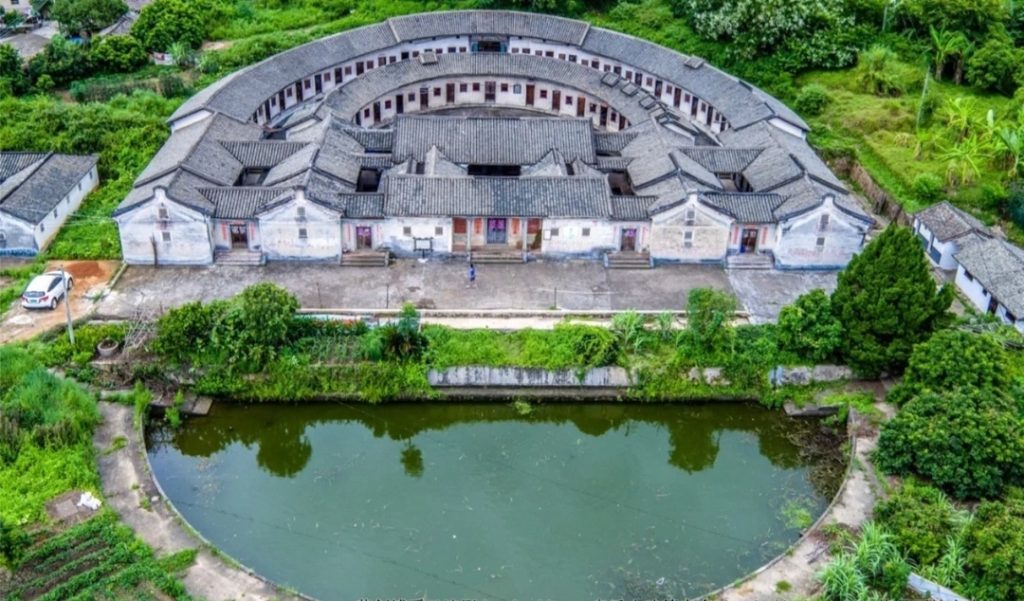
围龙屋 (wéi lóng wū) is a type of traditional residential architecture commonly found in the Guangdong province of China. The name translates to “surrounded dragon house” due to the dragon-like shape of the building when viewed from above.
These unique homes were traditionally built by wealthy families and are known for their ornate decorations and intricate designs, making them popular tourist attractions in modern times.
4. Diaojiaolou
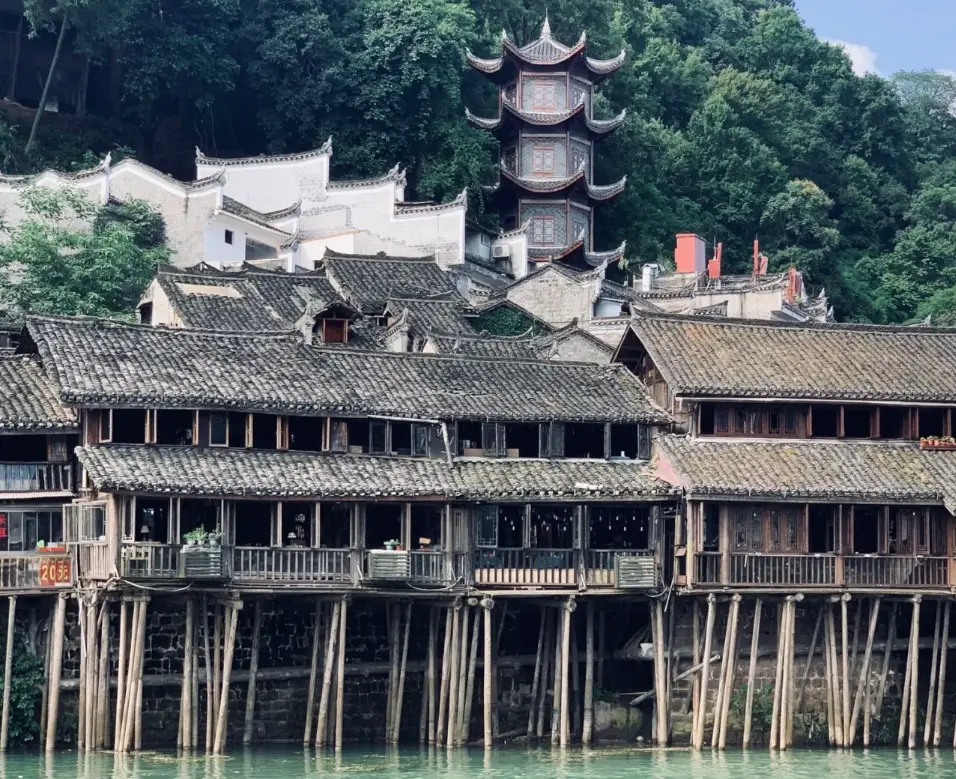
Diaojiaolou, or hanging houses, are a type of stilted building found in the southern provinces of China, particularly in the Guangxi and Hunan provinces.
Diaojiaolou are elevated above the ground to prevent damage from flooding and provide a cool, shaded space during hot summers.
5.Yaodong-Cave House
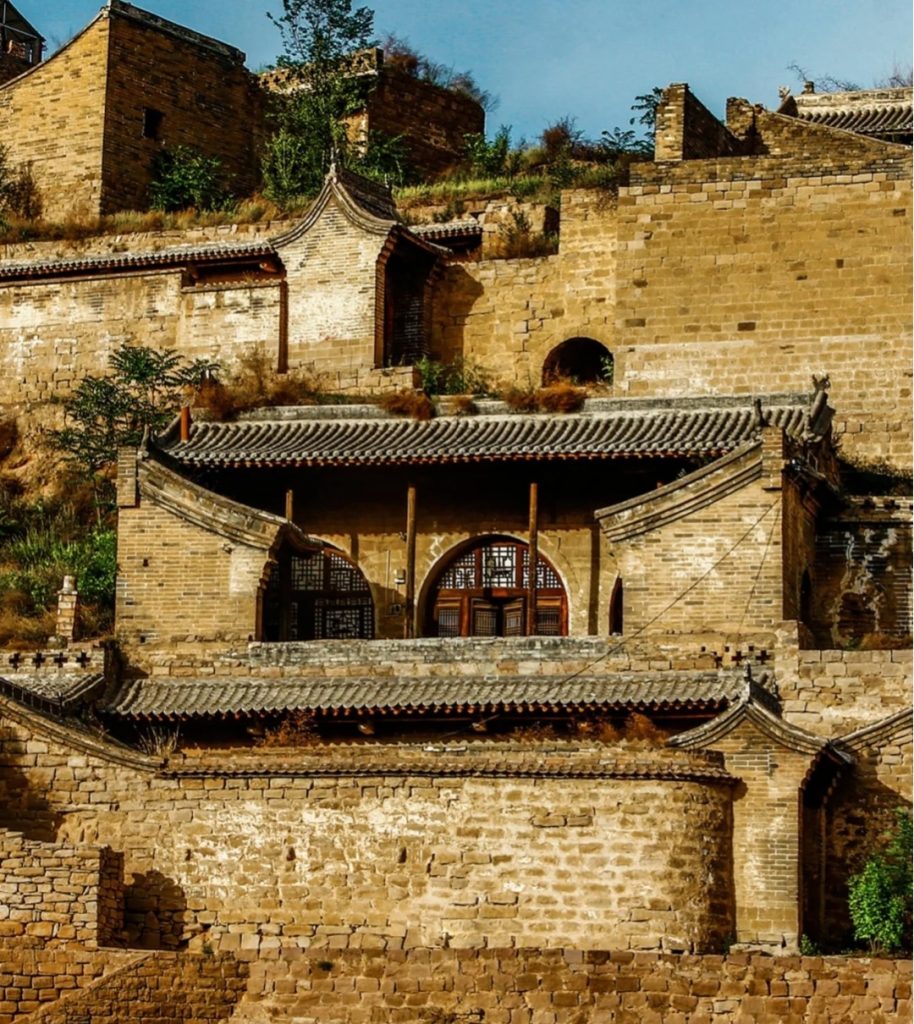
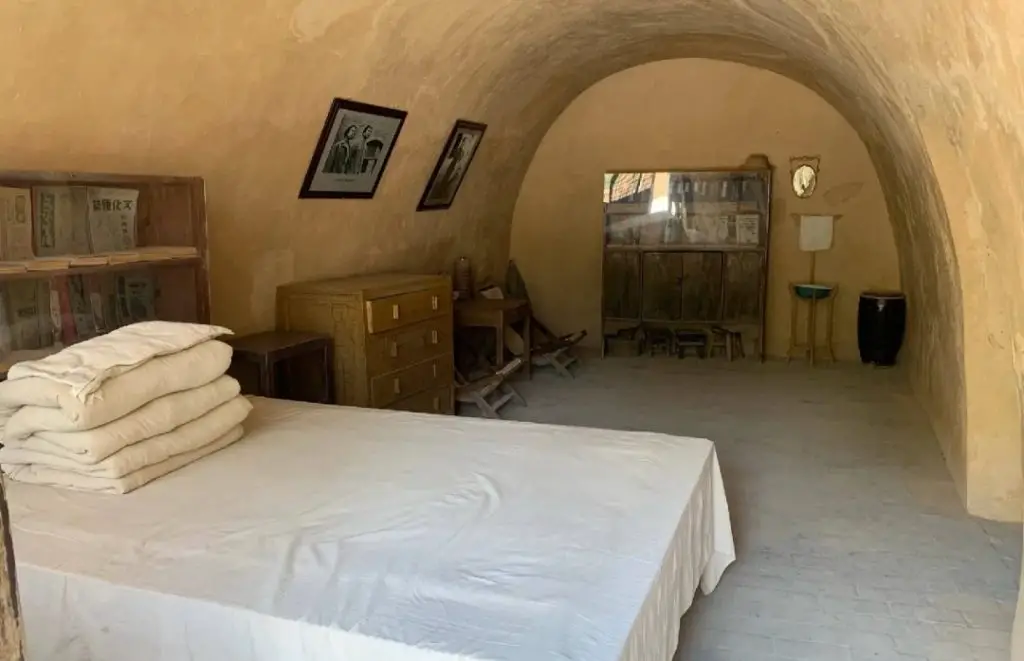
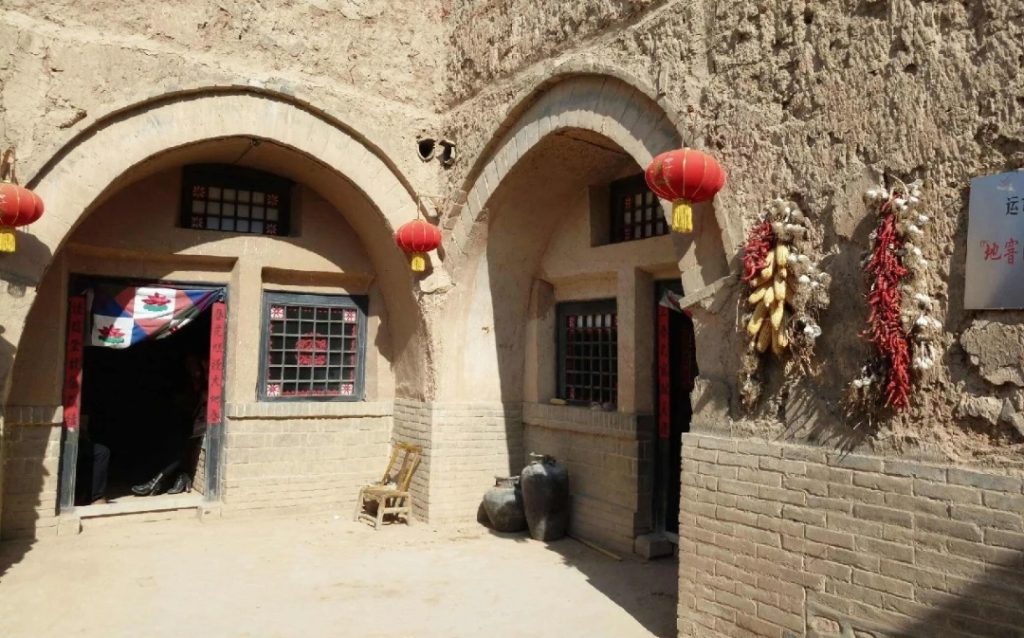
Yaodong, or cave houses, are a type of dwelling found in the Loess Plateau of China.
Yaodong are carved into the soft, porous soil and are characterized by their low ceilings and small windows, which help to insulate the house and keep it cool in summer and warm in winter.
There are other fun things to explore in this region of China. Fenjiu, Chencu and the biggest yellow waterfall in the world.
6. Shikumen
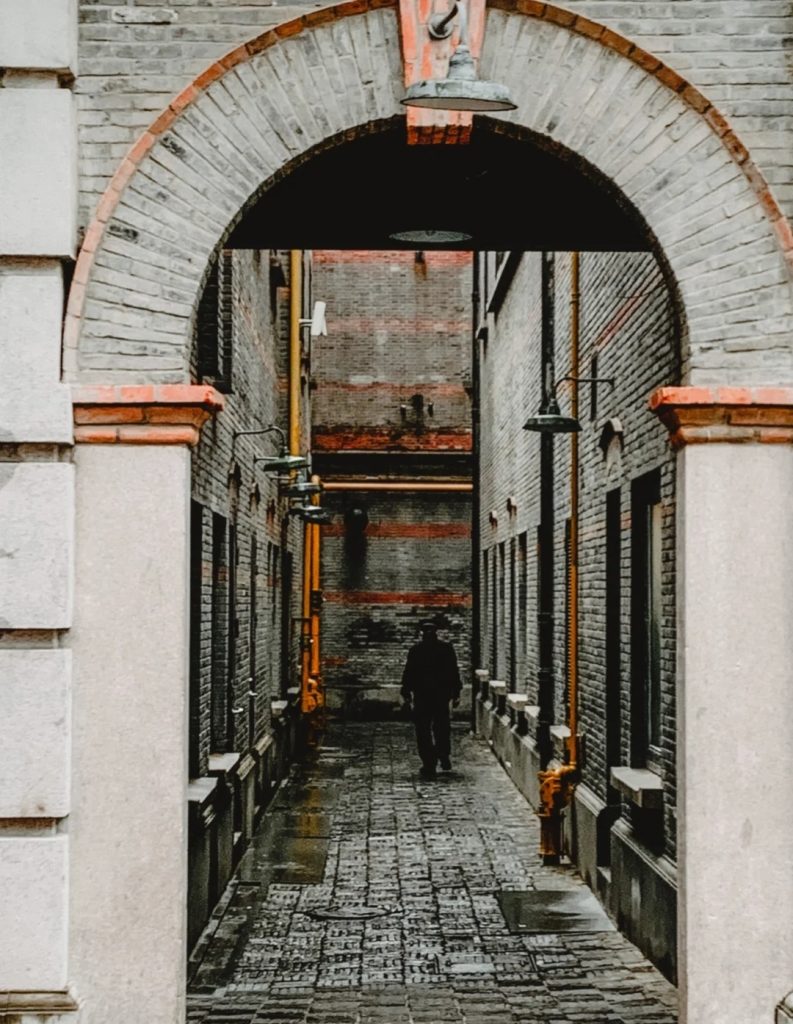
Shikumen are lane houses that are predominantly found in Shanghai, dating back to the 19th century.
They are a unique blend of Western and Chinese architectural styles, with two or three-story buildings connected directly to each other to form a lane called a longtang (弄堂 or 衖堂 lòngtáng).
Modern Chinese Houses
Modern Chinese houses come in a variety of styles, from apartment buildings to villas to skyscrapers.
1. Apartment Buildings
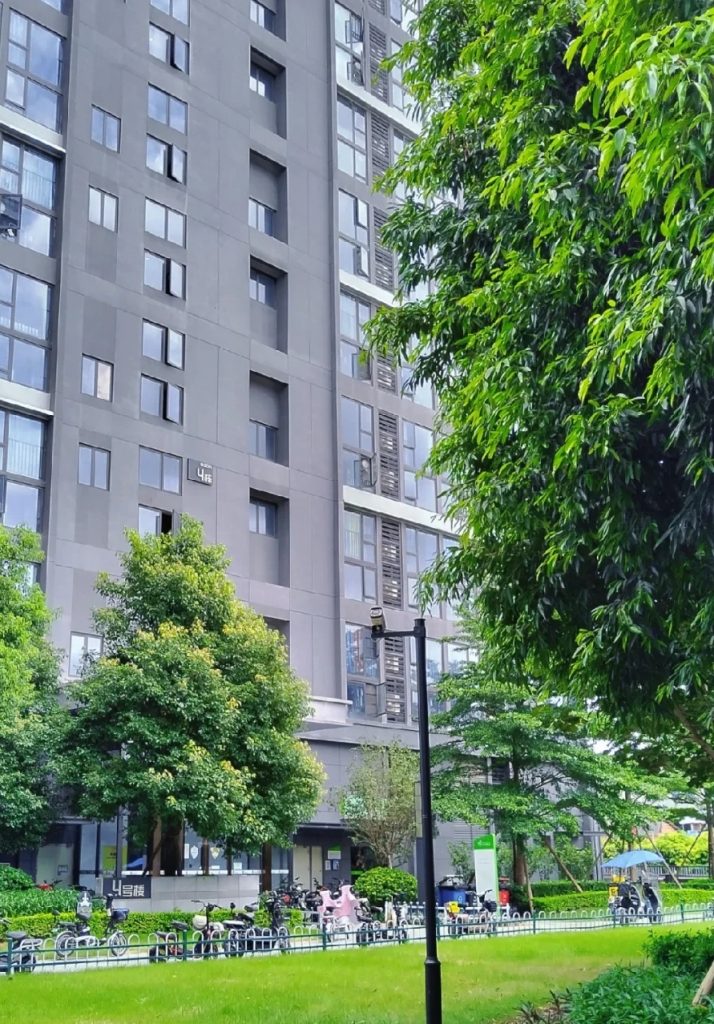
The most common type of modern Chinese house is the apartment building.
They are found in every major city in China and are usually multi-story, with elevators and security systems. Some apartment buildings have shared amenities such as gyms, swimming pools, and gardens.
The apartments themselves are typically small and functional, with minimalist designs.
2. Villas
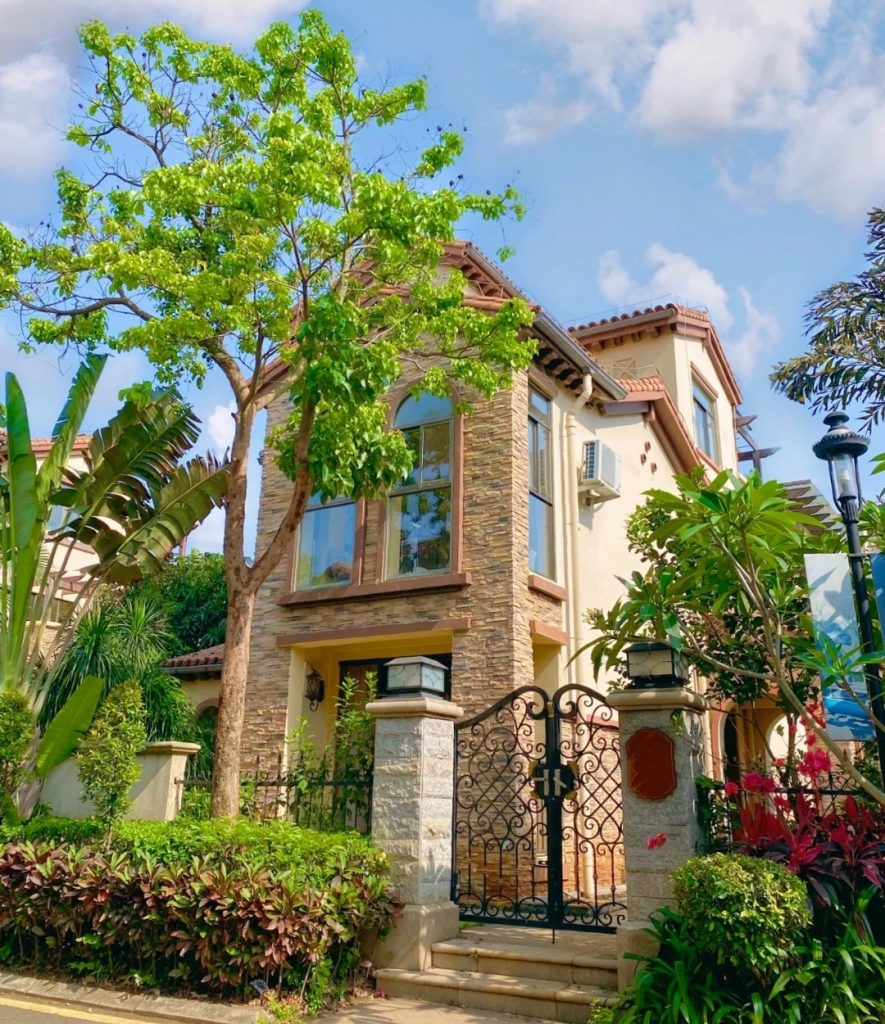
Villas are a type of house that is common in the suburbs of major Chinese cities.
They are usually single-story or two-story buildings with a yard and garden.
They are designed for families and are much larger than apartments, with multiple bedrooms and bathrooms.
Villas often have a more luxurious design, with large windows, balconies, and outdoor spaces.
| Type of House | Price Range (CNY) | Location |
|---|---|---|
| Single Family Home | 3,000,000 – 20,000,000 | Beijing |
| Single Family Home | 2,500,000 – 18,000,000 | Shanghai |
| Single Family Home | 1,500,000 – 10,000,000 | Guangzhou |
| Single Family Home | 1,000,000 – 6,000,000 | Shenzhen |
| Single Family Home | 800,000 – 4,000,000 | Chengdu |
| Single Family Home | 600,000 – 3,500,000 | Wuhan |
3. Skyscrapers
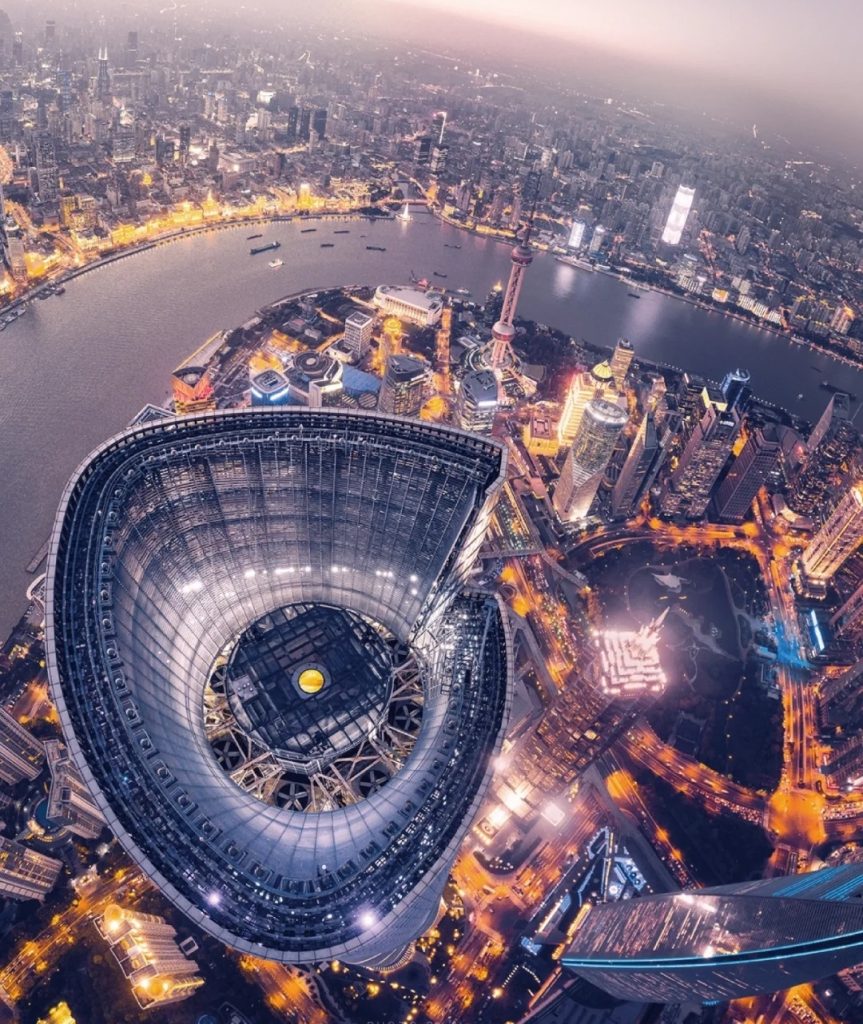
China is home to some of the tallest skyscrapers in the world, and they are a common sight in major cities like Shanghai and Beijing.
These skyscrapers serve as both residential and commercial spaces, with luxury apartments on the upper floors and offices and retail spaces on the lower floors.
The designs of these skyscrapers are often futuristic and unique, with curves, angles, and unusual shapes.
4. Cheap and Prefabricated Houses
Prefabricated houses are a cost-effective and time-efficient way to build modern houses in China’s rural areas.
These houses are built off-site and then transported to their final location, where they are assembled in a matter of days.
Congratulations on your newfound knowledge of Chinese houses!
Now, elevate your living space with authentic Chinese style decor that will transport you to the heart of China.
FAQs:
Traditional Chinese houses can be made from a variety of materials including wood, brick, stone, and clay.
Tulou earthen houses are unique to the Hakka people of southern China and are becoming increasingly rare.
Yes, Chinese apartments are typically small in size, but can vary depending on location and budget.
Yes, there has been a growing trend towards sustainable housing options in China, with many new developments incorporating green technologies and materials.
